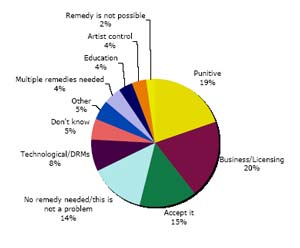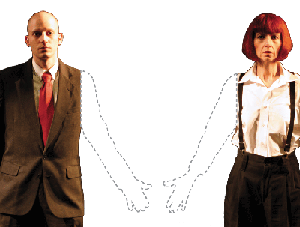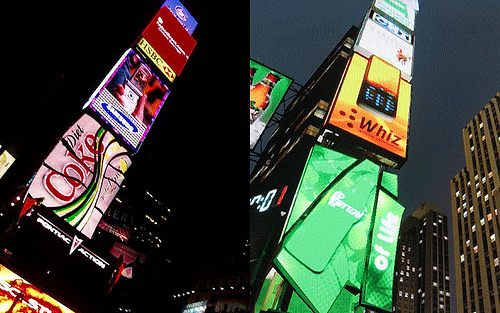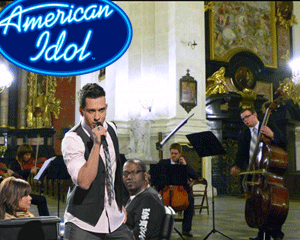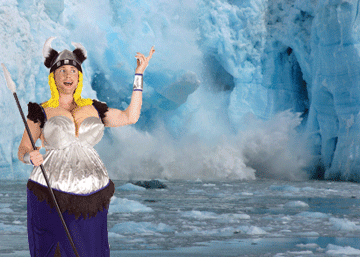This interview is part of a series in which very talented people indulge my curiosity about their work. If there’s someone you know that I should meet, please let me know.
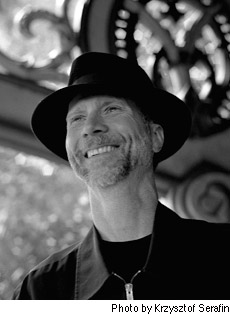
Alaska seems a strange home for a composer, John. If you were looking for unusual landscapes, couldn’t you have gotten a suitably cheap and isolated studio a little closer to the action (not to mention a few more musicians) in, say, Detroit? Is that much snow and darkness good for your work (not to mention your equilibrium)?
I’ve always seemed to gravitate toward extremes. And I came to Alaska to get as far away from the action as I could! In art and in nature, the edges are the places where the most exciting things happen.
I am, of course, just jealous. I’ve seen photographs of the area you call home, and it is quite awe inducing. Is there a lot of fishing, wood chopping, and hiking in your life, in addition to the notating and the orchestrating, or have I just read too much Jack London?
My own reading tends toward John Haines and David Abram. But I do feel fortunate to live in one of the most powerful places on Earth. And I’m happy to say there’s still a fair amount of wood splitting, sauna sweating, hiking, and camping in my life.
Next week we’ll be performing and filming my percussion cycle Strange and Sacred Noise out on the tundra. And I’ve begun sketching a big new piece to be premiered next summer in the Canadian Rockies, as part of Steve Schick’s new percussion institute at the Banff Centre. So my work is keeping me in touch with earth, air, fire, and snow.
Environmental work is actually what first brought you to Alaska in the 1970s, and you now frequently speak out about the dramatic climate changes you’ve witnessed in your home state over the last decade. Since many of your pieces draw directly on your experience of your environmental surroundings, how does this crisis impact your work?
We’re living at a moment of unprecedented change, faster and more dramatic than any other in the history of our species. Nowhere is this more apparent than in the Arctic. As the signs of climate change become undeniable, my work is expanding to a more global perspective. One of my current projects is a new sound and light environment for Venice, Italy…another beautiful place that’s seriously threatened by climate change.
Despite the vicarious romance we may attach to the Arctic adventure you’re living, you do leave your little cabin in the woods and travel world-wide for performances and such. Do you find that the music you write changes depending on what city you’re in? Do you restrict yourself to writing only in certain places? Are you inspired when you’re away by other landscapes, by walking down urban streets?
I love the noise and the energy of New York, Amsterdam, and other great cities. And in recent years I’ve become enamored with the special magic of the desert. Wherever I may be, I’m sketching and thinking about new work all the time. But when I’m traveling I’m usually too busy to compose. So most of that still happens in my one-room cabin studio.
In our previous conversations, you’ve referred to yourself as a recovering drummer. How much of a foot do you feel you have in the “classical” world and how much are you attached to the worlds and opportunities offered by other genre areas? Has that changed over the years?
I didn’t really grow up in classical music. So, to tell the truth, I’ve always felt a bit of an outsider in that world. I came of age playing in garage bands. But when I discovered Varése, Cage, Feldman, Harrison, Nancarrow, Tenney, and company, there was no turning back.
At this point in my life all those influences have long since been assimilated, and now I live pretty much in my own musical world. But right now I’m working on a piece that uses the most basic materials of rock and classical music-major and minor triads.
This is the first time I’ve used conventional harmonies in my music. But not to worry…The treatment is anything but conventional. I tend to think of harmony as color. So this is just another set of colors for the palette. And I’m spreading them freely, all over the canvas.
It doesn’t matter much to me what we call music or how we talk about it. All that really matters is what it sounds like, and how it moves me. As a listener, my favorite thing is to hear something I haven’t heard before. And as a composer, the thing that makes me happiest is when someone half my age likes what I’m doing.
It was fun to read in that recent New Yorker profile that you and your wife, Cynthia Adams, serve on the board of the Alaska Goldpanners, the local amateur baseball team. I was shocked! Further research turned up this photo.
Be honest, John, were you finishing a piece between hot dog bites?
There’s not much time for hot dogs. When I go to the ballpark, I always keep a scorecard. Keeping score keeps me in the game. It’s a kind of meditation aid that helps me stay focused in the present moment and the unfolding intricacies of the game. So at the ballpark, as in my day job, scorekeeping seems to be what I do.
And I’m not alone. There’s a long line of composers-from Ives to Babbitt to Polansky, Mahler (David, not Gustav!) and Altieri-with a passion for baseball.
I’m not much interested in sports. Of course, baseball isn’t a sport. It’s a game. At times it approaches the condition of art. But, as Peter Schjeldahl observes: …”in art none of the players knows for sure what the game is.”



